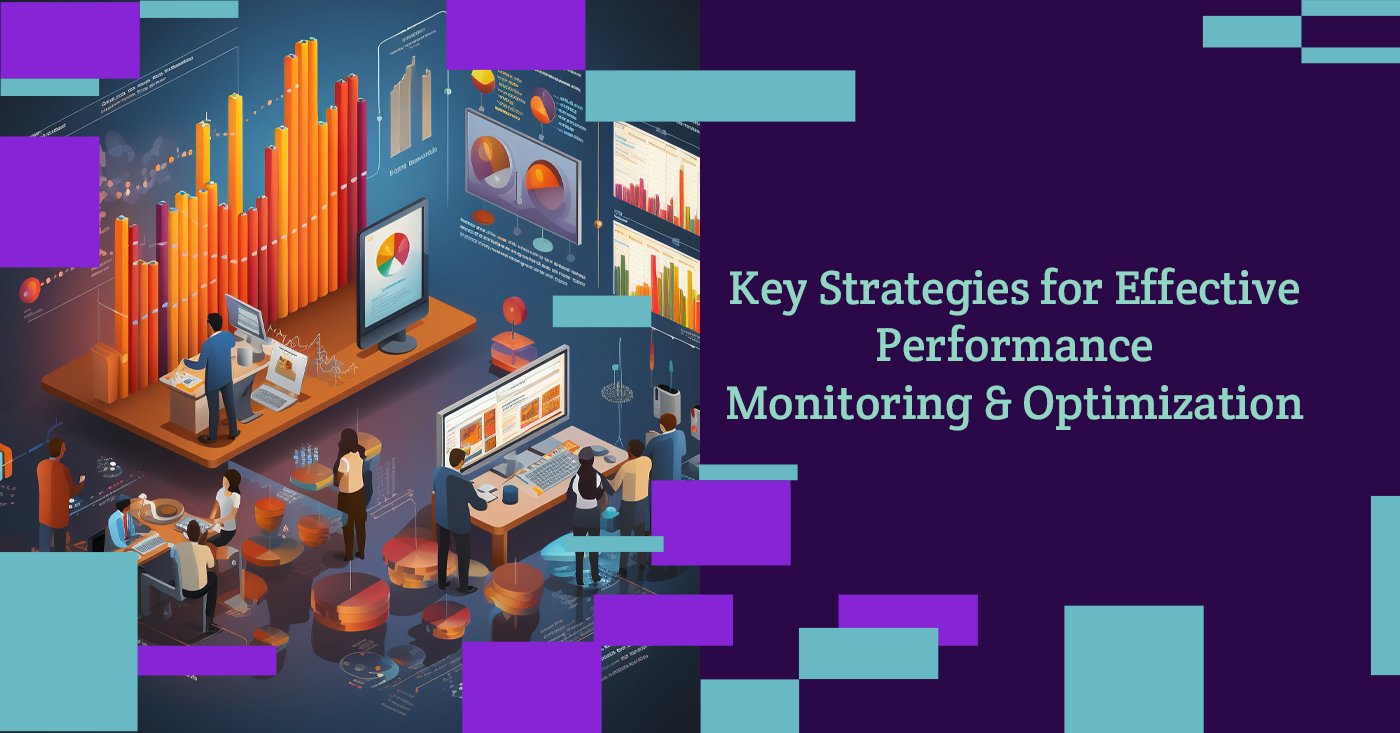 In a fast-paced digital world, server performance can make or break your business. Whether you’re managing websites, applications, or cloud services, a slow or unstable server impacts user experience, employee productivity, and even revenue. That’s why server performance monitoring and optimization should be a top priority for IT teams.
In a fast-paced digital world, server performance can make or break your business. Whether you’re managing websites, applications, or cloud services, a slow or unstable server impacts user experience, employee productivity, and even revenue. That’s why server performance monitoring and optimization should be a top priority for IT teams.
This blog post explores the essential tools, techniques, and best practices to continuously monitor and optimize your servers, ensuring they run at peak performance 24/7.
Why Server Performance Monitoring Matters
Server performance monitoring is the process of tracking the health and efficiency of your server infrastructure. It helps detect problems like CPU overloads, memory leaks, and disk space issues before they escalate into critical failures.
Key Benefits:
- Improved uptime: Identify issues before they cause downtime.
- Faster response times: Keep systems running smoothly under high loads.
- Resource optimization: Allocate memory, storage, and processing power efficiently.
- Security enhancement: Detect unusual behavior that may signal cyber threats.
Essential Metrics to Monitor
Monitoring the right metrics is crucial. Here are the most important ones:
- CPU Usage: High CPU usage could indicate overloaded servers or inefficient applications.
- Memory Usage: Excessive RAM consumption can slow down processes or cause crashes.
- Disk I/O: Monitor read/write speeds to avoid bottlenecks.
- Network Throughput: Ensures your server can handle incoming and outgoing traffic.
- Server Uptime & Availability: Track service uptime to meet SLAs.
- Application Response Time: Detects lags in performance due to backend issues.
Top Tools for Server Performance Monitoring
There are plenty of tools—open-source and enterprise-grade—that help monitor server performance in real time.
Popular Tools Include:
- Nagios: A powerful monitoring system that alerts on outages.
- Zabbix: Offers visualizations and customizable dashboards.
- Prometheus + Grafana: Ideal for collecting metrics and visualizing them in real time.
- Datadog: Cloud-native monitoring with advanced analytics.
- SolarWinds Server & Application Monitor: Best for Windows and hybrid environments.
Optimization Strategies for Better Performance
Monitoring is only half the job—optimization ensures your server operates efficiently.
- Upgrade Hardware Strategically
If your server constantly hits resource limits, it may be time to upgrade the CPU, RAM, or SSD storage.
- Use Load Balancers
Distribute traffic across multiple servers to reduce strain on individual nodes and increase availability.
- Enable Caching
Cache frequently accessed data to reduce server load and improve speed. Tools like Varnish and Redis are great for this.
- Optimize Database Performance
Slow queries can bottleneck your server. Use indexing, query optimization, and regular database cleanups.
- Remove Unused Services
Disable unnecessary background services that consume memory and CPU cycles.
- Use Auto-Scaling (in Cloud Environments)
Scale resources automatically based on traffic or usage patterns.
- Patch and Update Regularly
Keep your OS, applications, and firmware up-to-date to prevent slowdowns and security issues.
Common Server Bottlenecks and How to Fix Them
Even well-configured servers can run into performance issues. Here are some common bottlenecks and solutions:
| Bottleneck | Solution |
| High CPU Usage | Optimize apps or upgrade CPU |
| Memory Leaks | Restart services, fix app code |
| Disk Overload | Migrate to SSDs, enable I/O caching |
| Network Latency | Optimize firewall rules, upgrade bandwidth |
| Database Lag | Optimize queries and index usage |
Automating Monitoring with Alerts
Set up automated alerts based on threshold values. This way, you’re notified instantly if CPU usage spikes or disk space runs low. Most monitoring tools offer email, SMS, or Slack-based alerts.
Conclusion
Consistent server performance monitoring and optimization is vital for any organization relying on digital systems. By tracking key metrics, utilizing top tools, and applying smart optimization techniques, you can keep your servers running efficiently, minimize downtime, and scale smoothly with demand.
Take the proactive route—monitor smart, optimize often, and watch your infrastructure thrive.
We invite you to explore our prior blog The Ultimate Guide to Efficient Cloud Infrastructure Management




